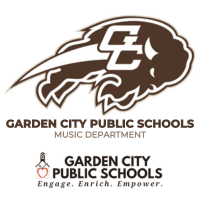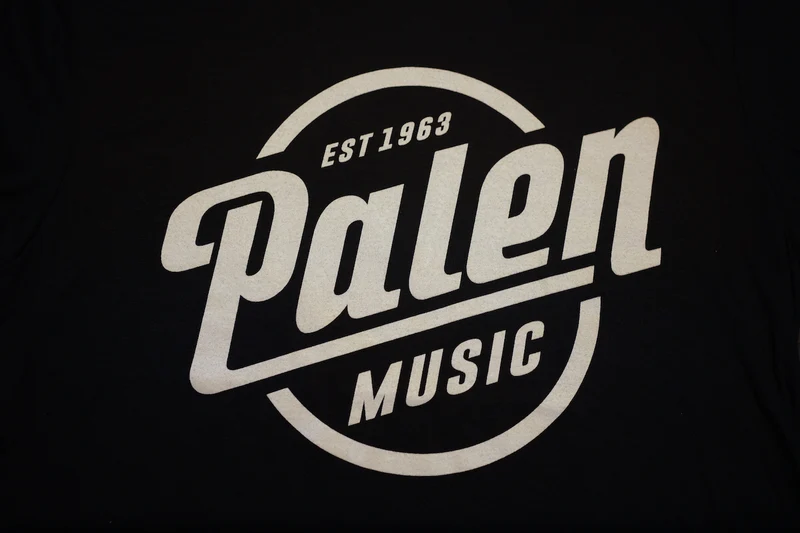
In the spirit of this year’s KMEA theme, “Mentoring New Teachers,” it seems appropriate to encourage all music educators, new and veteran, to consider mentoring a young composer. One of the best ways to being this process is by encourage your students to enter the KMEA Composition Competition. Entries from all age groups, for nearly all genres and in virtually any style are welcome! Your student will receive valuable feedback from experienced writers and may even get the thrill of a live performance. Information on this year’s competition is available here: http://ksmea.org/composition/
As you begin to work with young composers, some—even those with the best of creative intentions—may find themselves inhibited by the task of scoring their work for an ensemble. Their fear is not without reason: typically, if a piece “reads” well, it will tend to have more success, regardless of the technical difficulty. To that end, consider sharing these guidelines with your students.
Range
Be aware of the ranges for the instruments and/or voices you are scoring for. This is necessary for good sounds, but crucial—in some cases—for any sound. More air, pressure, focus or force of will can’t add another note to the top of the chimes!
While the upper registers are often of concern, the lower tessitura—especially the bottom limit–is of equal importance, particularly in the case of the strings and woodwinds. Again, all the will power in the world won’t add another note to the violin’s low register. Likewise, be aware that young voices may not have the pitches (yet) that a more mature singer would possess. In almost every case, the middle register will be the most comfortable and idiomatic place in which to score. Should it be necessary to use a part of the range that may be demanding (e.g. upper notes for the brass and voice), be judicious in that use and make sure that it isn’t employed for an extended period.
Technical Characteristics
Be aware of what the instrument can and cannot do. If double stops are called for on a string instrument, make sure the ones written are possible. If the timpani have a passage involving multiple pitches, make sure the player has time to change. Seek out the difficulties that challenge a particular instrument or voice part.
Idiomatic Characteristics
There is a difference between what an instrument can do and what it sounds best doing. For example, while the tuba is capable of playing well into the baritone and tenor register, if one wants a big “John Williams” type foundation to the ensemble, it is best to score the instrument from second-line B-flat on down. Trombones are certainly able to play well into the bass register, but their power and projection works best from fourth-line F on up. Large intervallic leaps can work well for some woodwinds, but not so much for the brass.
Consider the best choice for the part
While texts may show the range of a soprano to extend down to middle C, that tessitura is much better navigated (with much more power) by the alto section. Likewise, while the clarinet has an upper register almost equal to that of the flute, it is much more difficult to produce in the former instrument, to say nothing of the challenge to intonation and sound quality.
Consider the performer
While a one-measure ostinato, especially if it’s a “cool lick,” may thrill the composer, the player who has to repeat it fifty times in a row may not feel the same excitement. Consider a variety of sounds and colors, even if the material tends toward repetition. For example, instead of giving a figure to the snare drum alone, try switching over to the tambourine for a fresh change. If there must be an ostinato, consider moving it to a different register and instrument.
Special note on percussion: the most common problem in percussion parts is a lack of communication as to what instruments are needed, when they are needed and who plays them. Write out what each player is covering and when there are changes (e.g. snare player moves to wood block), be clear as to when and what they player is changing to.
Use cues
There are two kinds of cues. One is the type which allows parts to be covered when some instruments may be weak or missing entirely. Examples of this are common in younger band music and include the use of saxophones to cover horn parts and low reeds to cover or supplement tuba lines.
The second kind, more common in orchestral literature, are those which show what other parts are playing in order to help performers know when an entrance is approach after extended measures of rest. These can be helpful to players when individual parts become more independent and/or complex.
Performing Resources
Write for the sounds that you want, but then use them. Don’t ask a player to show up for a recording and only play two bars out of a five-minute work. Consider condensing your work down—all choir music doesn’t have to be in an SATB format. If you can say what you need to say with an SAB scoring, do it!
Finally, consider the performers ability level. If you are writing for a middle school band, don’t give them something intended for the likes of the Chicago Symphony. Your players will enjoy performing your music more if they can get an idea—even a limited one—on the first read-through.
Professionalism
Performers are more likely to invest in music that gives a strong impression of the composer’s investment. Be clear in your intentions and give the singers/players as much information as possible in the most readable format. In short, make your music look professional!
Information Resources
The following books may be of help:
Frank Erickson: Arranging for the Concert Band
Arthur E. Ostrander and Dana Wilson: Contemporary Choral Arranging
Sammy Nestico; The Complete Arranger
Vince Corozine: Arranging for the Real World
Happy Scoring!























